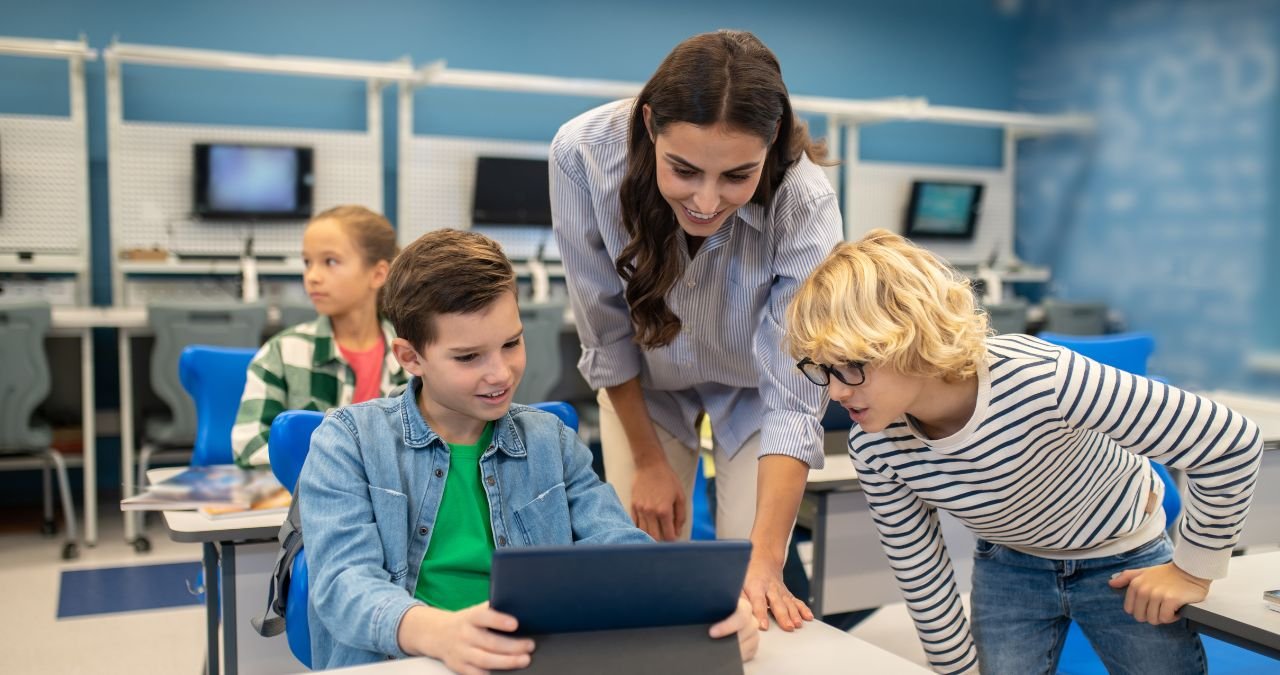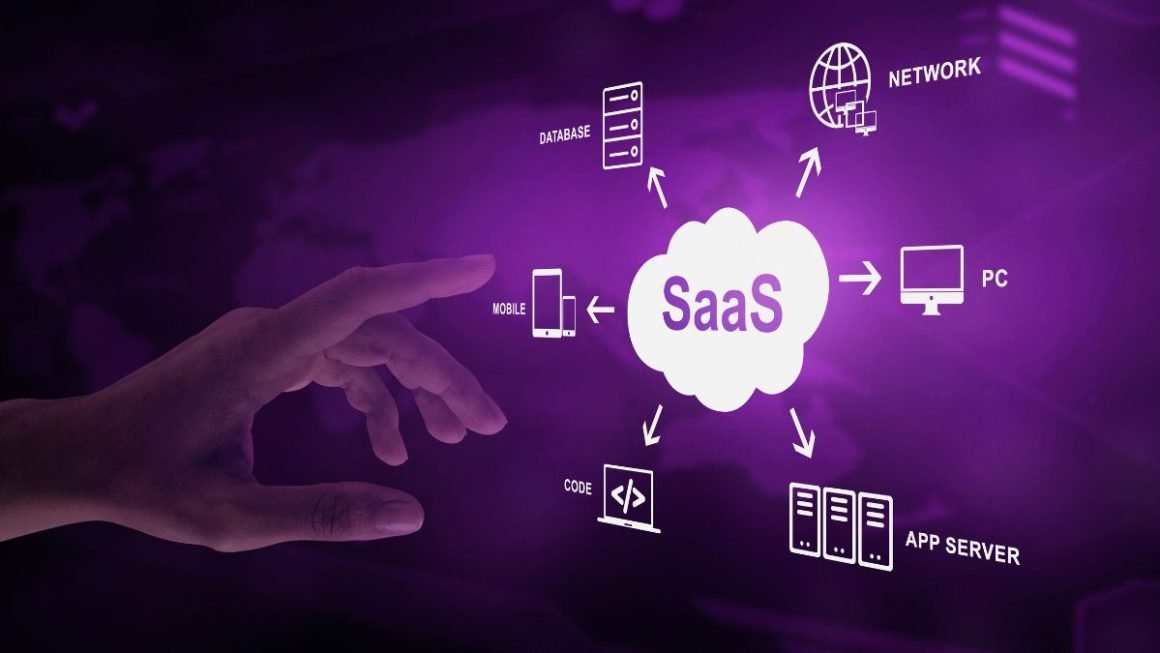There is no longer any doubt that technology in education is essential because, thanks to technological advances in this matter, we have more tools to offer more attractive and competent learning models. Teachers have more resources than the blackboard, chalk and books, while students learn by having fun adapting to their digital environments. We will see below the new challenges this represents in education and its benefits.
Today, the new generations are already technological natives; they have been born and developed in digital environments with the expansion of technology in all areas. Of course, the academic world could not be an exception. Implementing technology in schools generates more significant interest in students and allows them to develop their learning more effectively.
Table of Contents
Benefits of technology in education
Being connected to the Internet and having such frequent technological devices, such as a smartphone, laptops, interactive toys, etc., are possibilities that we no longer contemplate being able to do without. They are present in our daily lives. In education, all this has meant a revolution since we are getting rid of old habits and traditional teaching methods and adopting new teaching strategies. What benefits does technology have in education? This is one of the main dilemmas that experts are trying to solve.
Technology in the classrooms
Recent research considers that these are some of the benefits that technology brings to education in schools :
Teamwork
Classroom technology allows for more student interaction, favouring group work. In the professional field, different professionals develop most projects as a team. Promoting teamwork helps enhance social skills and develop intellectual abilities.
Autonomy
Technology in education offers the possibility of self-learning and obtaining feedback that helps children overcome real problems. The experiences are more accurate, and they participate in their own experiences. This methodology favours the proposal of learning to learn, which the great educational psychologists of history already defended, such as Lev Vygotsky, with significant social situations. Internet access in classrooms allows children to access numerous information sources to learn to select the most appropriate in each case judiciously.
Flexibility
Another issue that was not respected in the conventional education environment was the pace of each child’s learning. Psychologists have been saying for decades that we need an educational model capable of respecting each child’s rhythm since each one has different needs. Technology in the classrooms allows for greater flexibility in this sense so that each student starts from a specific base.
Critical Thinking
Using social media, forums, and chats helps them share different points of view and opinions so they can debate and consider different perspectives. Also, count on the possibility of interacting with other children from any part of the world so that they have contact with other cultures and countries, exchanging information that will help them better understand.
Finally
What is clear is that technology in education must be another means, not an end. A resource to improve teaching and learning. There are many tools created for the educational field, and each of them promotes the child’s development in various aspects. It must also be taken into account that not only the child benefits from the development of technology in education, but so do the teaching professionals, thanks to the fact that they make their work more attractive and more efficient.
Also Read : Designing Safety In The Educational Field




